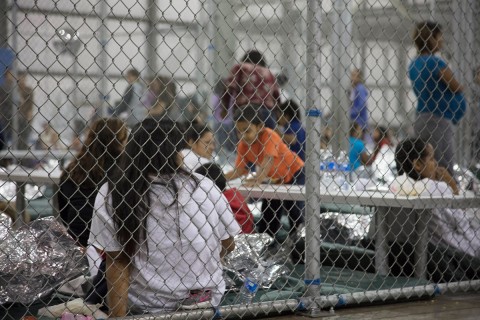Why are we calling the predictable seasonal shift at our border a surge?
Pretending we don't expect something gets us off the hook for not being prepared.

It has become commonplace to refer to any rise in numbers of border crossers at the US-Mexico border as a “surge.” Recently on the Washington Post website, two headlines underscored a sense of crisis: “Biden team searching for new ways to slow border surge,” read one. “‘No end in sight’: Inside the Biden administration’s failure to contain the border surge,” read the other. The casual reader would likely picture a mob of people overwhelming border patrol agents and government resources.
But on the same day in the same newspaper, three University of California researchers concluded that there is no surge. Analyzing data over almost ten years, they described what is taking place as “a predictable seasonal shift.”
The distinction is about more than semantics. A predictable seasonal shift could be addressed by sober and humane policies in which people attempting to cross the US border are treated with dignity and respect. A surge tells us that there is potential danger and certainly chaos outside our control. The word surge often refers to unexpected emergencies like viruses and storms. Under the logic of a surge, we must put people in cages or detain them—because we are overwhelmed.





